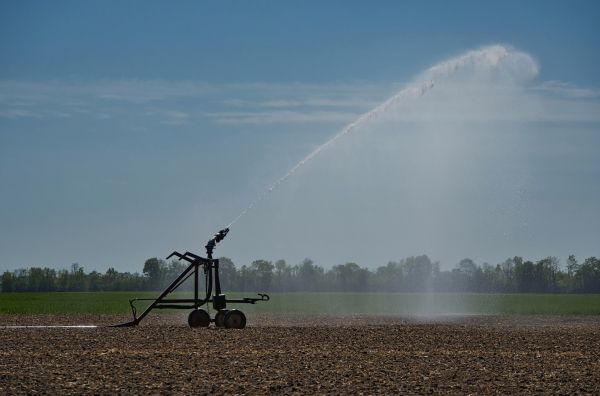The amount of farmland around the world that will need to be irrigated in order to feed an estimated global population of 9 billion people by 2050 could be up to several billion acres, far higher than scientists currently project, according to new research. The result would be a far greater strain on aquifers, as well as the likely expansion of agriculture into natural ecosystems as farmers search for water.
Existing irrigation models — which are widely used to define policies on water and food security, environmental sustainability, and climate change — suggest that the amount of agricultural land requiring irrigation could extend between 240 million and 450 million hectares (590 million to 1.1 billion acres) during the next 30 years.
But those projections likely underestimate population growth and too confidently assume how much land and water will be available for agriculture without having to find new sources, according to researchers from Princeton University, the University of Reading in the United Kingdom, and the University of Bergen in Norway.
Read more at Princeton University
Image by Anrita1705 from Pixabay


